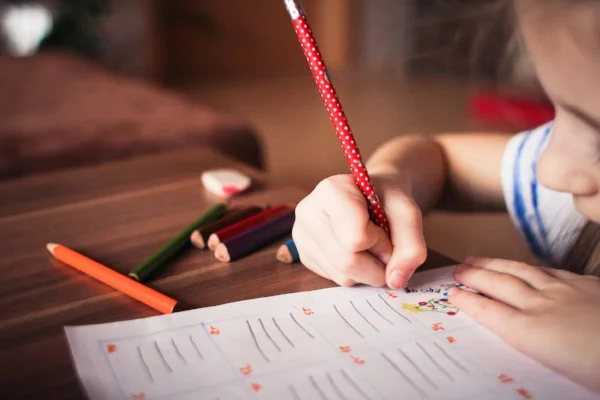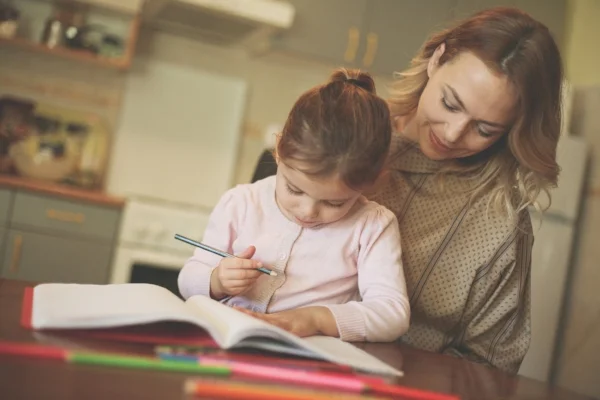By Angela Anagnost Repke for POPSUGAR
Like most mothers, Serena Williams is adorably infatuated with her new bundle of joy, daughter Alexis Olympia. During her recent interview and cover shoot with Vogue, the professional tennis player even said, "We're not spending a day apart until she's eighteen." While she's kidding (probably), the new mom did have some very serious things to say about Alexis's delivery and the complications that followed.
After having a C-section when she welcomed Alexis in September, Serena had the euphoric experience of feeling her daughter lay on her chest, but then, she said, "Everything went bad." She went on to explain that because of her history of blood clots, she immediately knew something was wrong when she began experiencing shortness of breath. Due to her surgery, Serena wasn't taking her normal medication to keep the clots under control, which made her worry about having another pulmonary embolism (a life-threatening condition when blood clots travel to the lungs). She knew she needed a CT scan, but the doctors didn't listen and ordered a doppler instead. When nothing showed up on the ultrasound, she begged the doctors for a CT scan, and sure enough, she was right — Serena had several blood clots making a home in her lungs.
She also revealed that a side effect of her pulmonary embolism was violent coughing, which caused her C-section incision to open. When she returned to surgery, the doctors found that a hematoma, which is a swelling of clotted blood, had submerged into her abdomen. Finally, Serena had to endure yet another surgery where doctors placed a filter into a major vein to prevent more clots from migrating to her lungs. The athlete then spent the next several weeks recovering.
Serena's husband, Alexis Ohanian, said, "Consider for a moment that your body is one of the greatest things on this planet, and you're trapped in it." The uncertainty and frustration got to Serena, as it would any new mother. "Sometimes I get really down and feel like, 'Man, I can't do this,'" she said. "It's that same negative attitude I have on the court sometimes." But since Serena has never been one to quit, she's been recovering and soaking up every precious second with the new love of her life. And shortly after she shared her story, she reached out to fans on Facebook about how important it is for new mothers, especially black women, to know what's going on with their bodies:
I didn't expect that sharing our family's story of Olympia's birth and all of complications after giving birth would start such an outpouring of discussion from women — especially black women — who have faced similar complications and women whose problems go unaddressed.
These aren't just stories: according to the CDC, (Center for Disease Control) black women are over 3 times more likely than White women to die from pregnancy- or childbirth-related causes. We have a lot of work to do as a nation and I hope my story can inspire a conversation that gets us to close this gap.
Let me be clear: EVERY mother, regardless of race, or background deserves to have a healthy pregnancy and childbirth. I personally want all women of all colors to have the best experience they can have. My personal experience was not great but it was MY experience and I'm happy it happened to me. It made me stronger and it made me appreciate women -- both women with and without kids -- even more. We are powerful!!!
I want to thank all of you who have opened up through online comments and other platforms to tell your story. I encourage you to continue to tell those stories. This helps. We can help others. Our voices are our power.
Yes, her entrance into motherhood wasn't a grand slam, but now that she's settled into her new role, you can bet she's swinging as hard as she used to.







